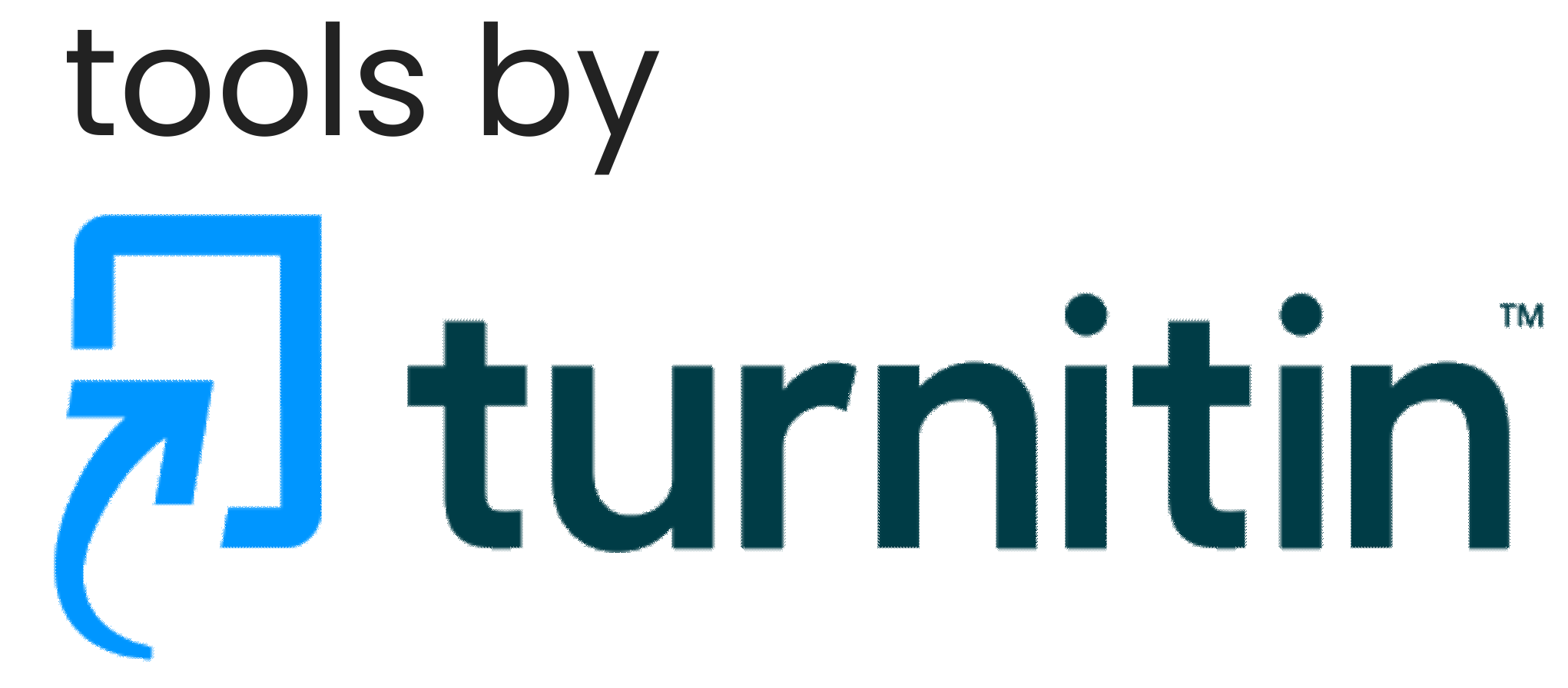Cost Benefit Analysis and Determination of Liquid Waste Tax Rates Commercial Buildings in DKI Jakarta
DOI:
https://doi.org/10.36418/devotion.v4i4.453Keywords:
liquid waste concentration; extended cost benefit; marginal abatement cost; marginal damage cost; pigovian taxAbstract
This study aims to analyze the cost benefits of wastewater treatment and the determination of liquid waste tax rates on commercial buildings in the DKI Jakarta area. The variables used are (i) positive externalities that are proxied through labor and the benefits of wastewater treatment, (ii) concentration of liquid waste which includes Biological Oxygen Demand (BOD), Chemical Oxygen Demand (COD), Organic (KMnO4), and Total Suspended Solid (TSS), (iii) Liquid waste processing costs, (iv) Costs incurred by the community due to pollution. This research was conducted using an explanatory research approach and descriptive research. The samples used were commercial buildings X, Y and Z and communit affected liquid waste in central Jakarta. The analytical method used is Extended Cost and Benefit Analysis, Marginal Abatement Cost (MAC), Marginal Damage Cost (MDC) and Pigovian Tax. For marginal damage costs using economic valuation and determining the optimum tax rate using the Pigovian Tax approach. The results of the dissertation analysis show that buildings that have Liquid Waste Treatment Plants produce positive externalities, namely employment and the reuse of liquid waste processing results in the form of gardening, car wash, cooling tower, and reverse osmosis. In addition, commercial buildings that carry out liquid waste treatment have economic feasibility due to cost efficiency and are also environmentally feasible with the allocation of liquid waste treatment costs. For buildings that haven’t implemented WWTP and only use the services of PAL Jaya DKI Jakarta, directly shows that it is feasible from an environmental aspect because there is an allocation of costs for wastewater treatment and the benefits obtained are that operational activities can run Liquid waste processing by companies that have WWTPs have not reached usage standards drinking water so that it has an impact on additional damage costs incurred by the community (Marginal Damage Cost/MDC). Used the Marginal Abatement Cost (MAC) and Marginal Damage Cost (MDC) equilibrium, the determination of the waste tax rate on commercial buildings produces the optimum tax value to be paid by pplluters and the optimum concentration of liquid waste that can be discharged into rivers.
Published
Issue
Section
License
Copyright (c) 2023 Maria Ariesta Utha

This work is licensed under a Creative Commons Attribution-ShareAlike 4.0 International License.
Authors who publish with this journal agree to the following terms:
- Authors retain copyright and grant the journal right of first publication with the work simultaneously licensed under a Creative Commons Attribution-ShareAlike 4.0 International. that allows others to share the work with an acknowledgement of the work's authorship and initial publication in this journal.
- Authors are able to enter into separate, additional contractual arrangements for the non-exclusive distribution of the journal's published version of the work (e.g., post it to an institutional repository or publish it in a book), with an acknowledgement of its initial publication in this journal.
- Authors are permitted and encouraged to post their work online (e.g., in institutional repositories or on their website) prior to and during the submission process, as it can lead to productive exchanges, as well as earlier and greater citation of published work.













